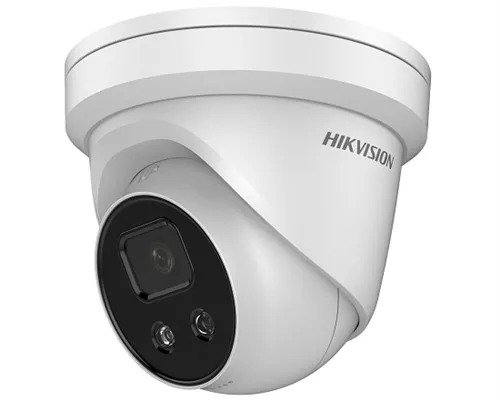Security cameras are a crucial tool in today’s world. Whether you have commercial property or residential property you want to make sure that you are able to keep it secure and know what is going on. Security cameras are the best way to do so. While there are a good number of do-it-yourself security camera kits out there they aren’t as simple as plugging them in. To help with the installation process we are going to cover some of the best tips for installing your own security cameras.
Map It Out First
Before even buying your security cameras we highly recommend mapping out where you want to place security cameras and where each camera should cover. Not only does this help you to know how many cameras you need, but it will help you to ensure that you aren’t forgetting to cover anything important. Many systems will let you add on more cameras but there is still a limit to the number of cameras that can be added to most systems, getting the number wrong will mean that you need to buy a whole new system.
Consider The Types of Cameras You Want
Security cameras have come a long way since the big, bulky boxes that they once were and there are quite a few different types. Some of the most common types include bullet cameras, dome cameras, pan tilt zoom cameras, 360-degree cameras, thermal cameras, and even wireless cameras. Each of these cameras has a different purpose and may be used in a different location.
Make sure that you get all areas covered such as access points, high-value areas, and surroundings. Further, beyond the type of camera, you will want to consider the manufacturer and model of cameras. Finding the best cameras and the best manufacturer will get you cameras that will last and do the job that needs to get done. Your property will be protected.
Mount Cameras Out of Reach
Find places to mount each camera where it cannot be grabbed by a person, hit by any objects, or otherwise disturbed is essential. Plan out each camera placement and take into mind preventing it from being tampered. Rafters, eaves, ceilings, poles, etc. all make great mounting locations.
Consider Obstructions
When placing your cameras you will want to consider exact placement due to obstructions. Obstructions can include sunlight, reflections, artificial light, elements and debris, and similar occurrences. Some obstructions will only be an annoyance while others could make the cameras unusable at times.
Professional Installation Vs Self-Installation
With DIY camera kits being very popular, but can you really install them yourself? The answer is, possibly. If you have tools, easy to access mounting areas, and time, you can learn to mount your own cameras. We highly recommend taking a moment to watch a few instructional videos to help get an idea of how to properly install the cameras.
Not only does professional installation often come with guarantees but the cameras are more likely to work as desired. Additionally, there is less chance of something accidentally getting damaged during installation.
Take Into Account Laws
Depending on where you live there may be local laws or rules the prohibit you from placing cameras in certain locations. Every area is different. Some communities may also disallow cameras that view neighbors or areas such as the street. You can usually find these out on local websites or by performing a Google Search. Take this into mind during the planning stage.
Installing security cameras is a big move and getting it right takes a little bit of work. Take these tips into mind when buying and installing your security cameras. They will help you to get the most out of the system you use.




